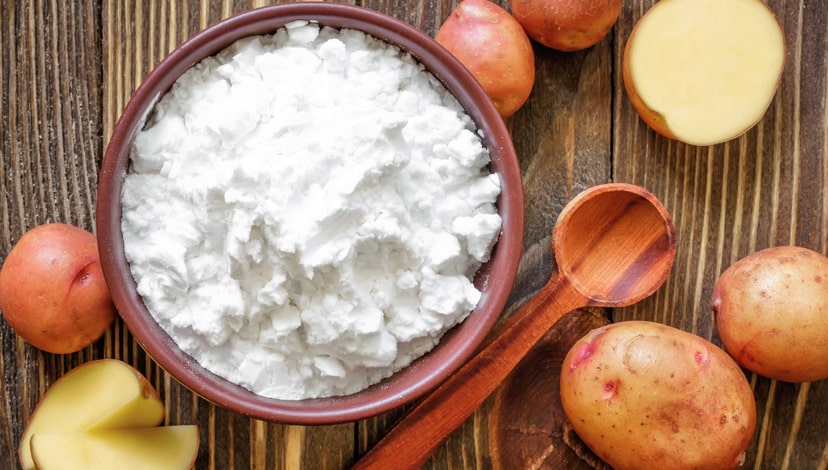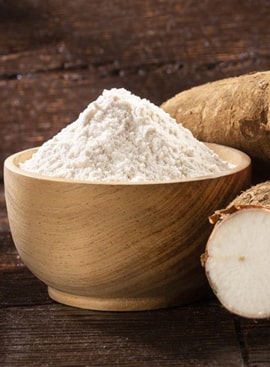
Starch Industry Enzymes
Starch is a major reserve carbohydrate of higher plants and occurs in the form of water-insoluble granules. Globally, every day millions of tons of starch are converted into sweeteners and ingredients per year, and it can be used as a potent substrate for the production of various important consumer food compounds or products that are used in a wide variety of popular consumer food products.
There are four basic steps involved in starch conversion – separation, liquefaction, saccharification, and isomerization. To enhance this conversion, we provide a wide range of starch enzymes.
Starchzyme A is a fungal alpha-amylase enzyme that hydrolyzes 1, 4 alpha D glycosidic bonds in liquefied starch to maltose.
Starchzyme A is a high-performance maltose syrup producing enzyme.
Starchzyme P is a bacillus amylopullulanase enzyme preparation that randomly hydrolyzes 1, 4 alpha & 1, 6 alpha-D–glycosidic linkages of the liquefied starch.
- 1Starchzyme P is a high-performance starch saccharification enzyme.
- 2It is Heat-stable.
- 3It contains non-standardized amounts of side enzymes as amyloglucosidase.
Starchzyme AH is a bacterial alpha-amylase enzyme preparation that randomly hydrolyzes 1, 4 alpha-D –glycosidic linkages in gelatinized starch into soluble dextrins and oligosaccharides.
- 1Starchzyme AH is a high-performance starch liquefaction enzyme.
- 2It is heat-stable and has a broad pH tolerance and low calcium requirement.
- 3It reduces the ion-exchange load in starch processing.
- 4It reduces the formation of calcium oxalate scaling in the distillation column.
- 5It omits pH adjustments and calcium addition.
Starchzyme G is an amyloglucosidase enzyme preparation that randomly hydrolyzes 1, 4, and 1,6-alpha linkages in liquefied starch into glucose units in a stepwise manner from the non-reducing end of the molecule.
Starchzyme G is used for the saccharification of dextrins in the production of dextrose, fructose syrup, and glucose syrup of various specifications. Starchzyme G is free from trandsglucosidase activity and therefore produces quantitative yields of glucose from liquefied starch.
- 1Starchzyme-G is a high-performance starch saccharification enzyme.
- 2It’s used for the saccharification of dextrins and It’s free from transglucosidase activity.
- 3It produces quantitative yields of glucose from liquefied starch.
